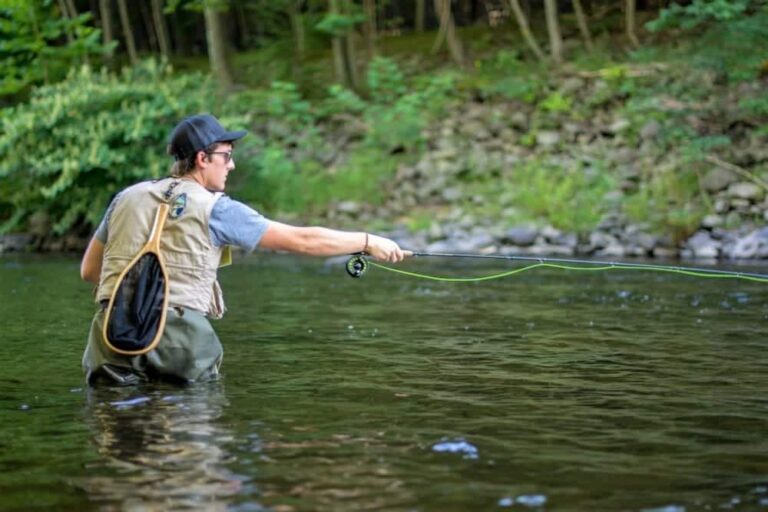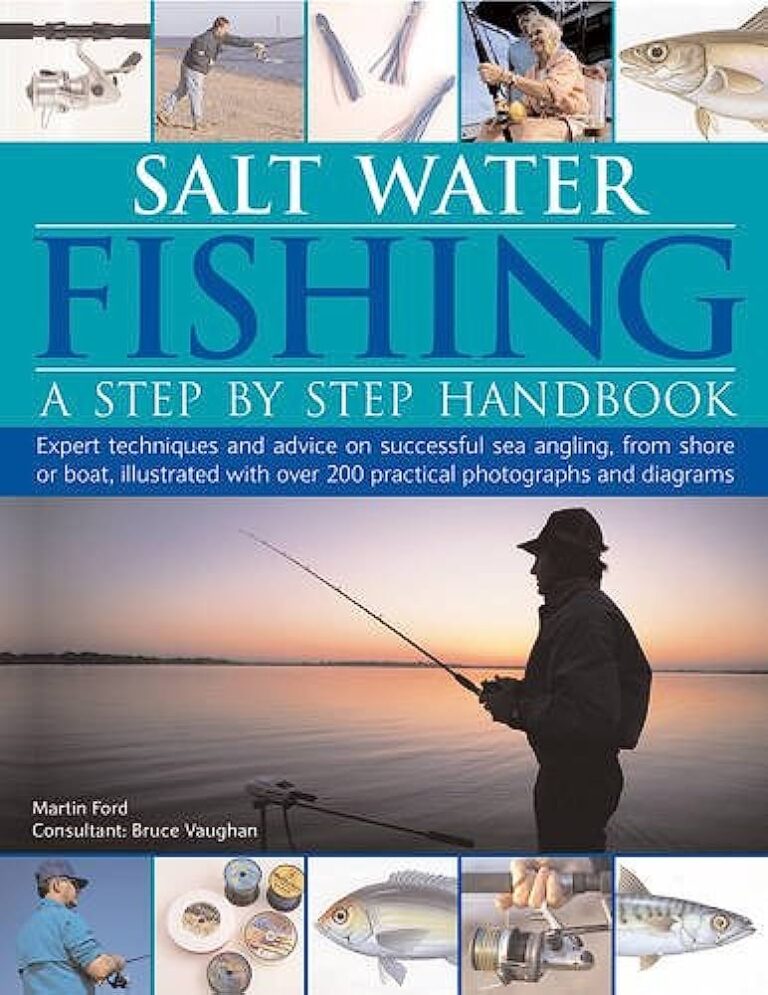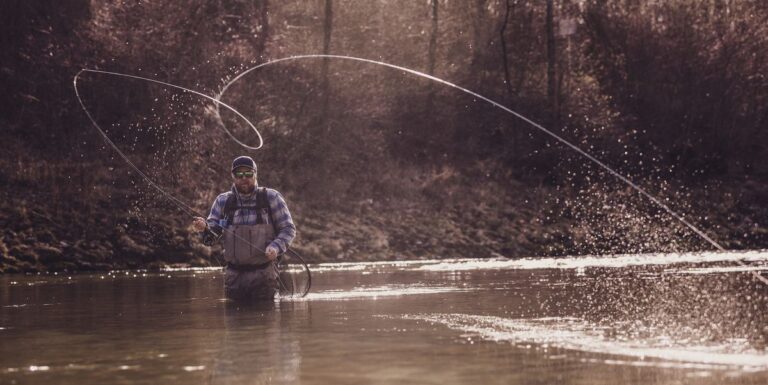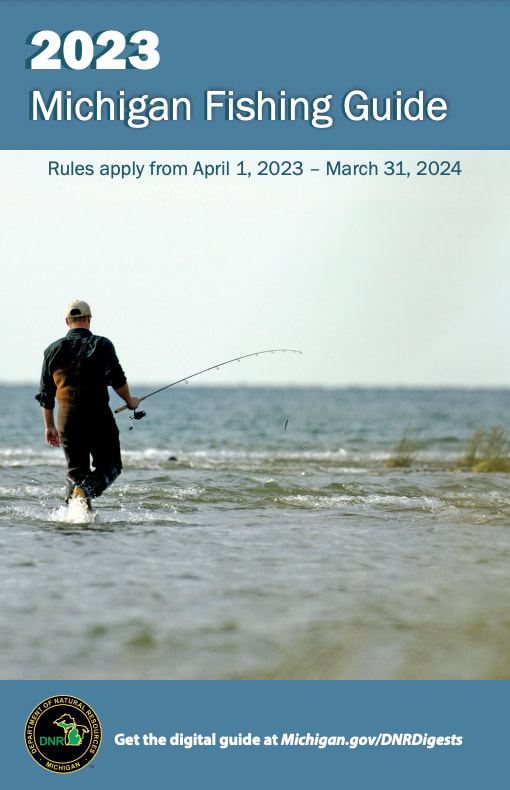Yes, the reel is an essential component in fly fishing. With its function to store and release the fishing line, the reel plays a pivotal role in controlling the movement and tension of the line during casting, reeling in fish, and managing line slack.
Fly fishing is a captivating recreational activity that involves a unique method of casting and presenting artificial flies to catch fish. To fully grasp the art of fly fishing, it is crucial to understand the equipment used, including the reel.
Acting as a mechanism to store and release the fishing line, the reel is an integral part of the fly fishing setup. It enables anglers to control the line’s movement and tension, making it possible to cast accurately, reel in fish efficiently, and manage line slack effectively. We will explore the significance of using a reel in fly fishing and the role it plays in achieving a successful angling experience.
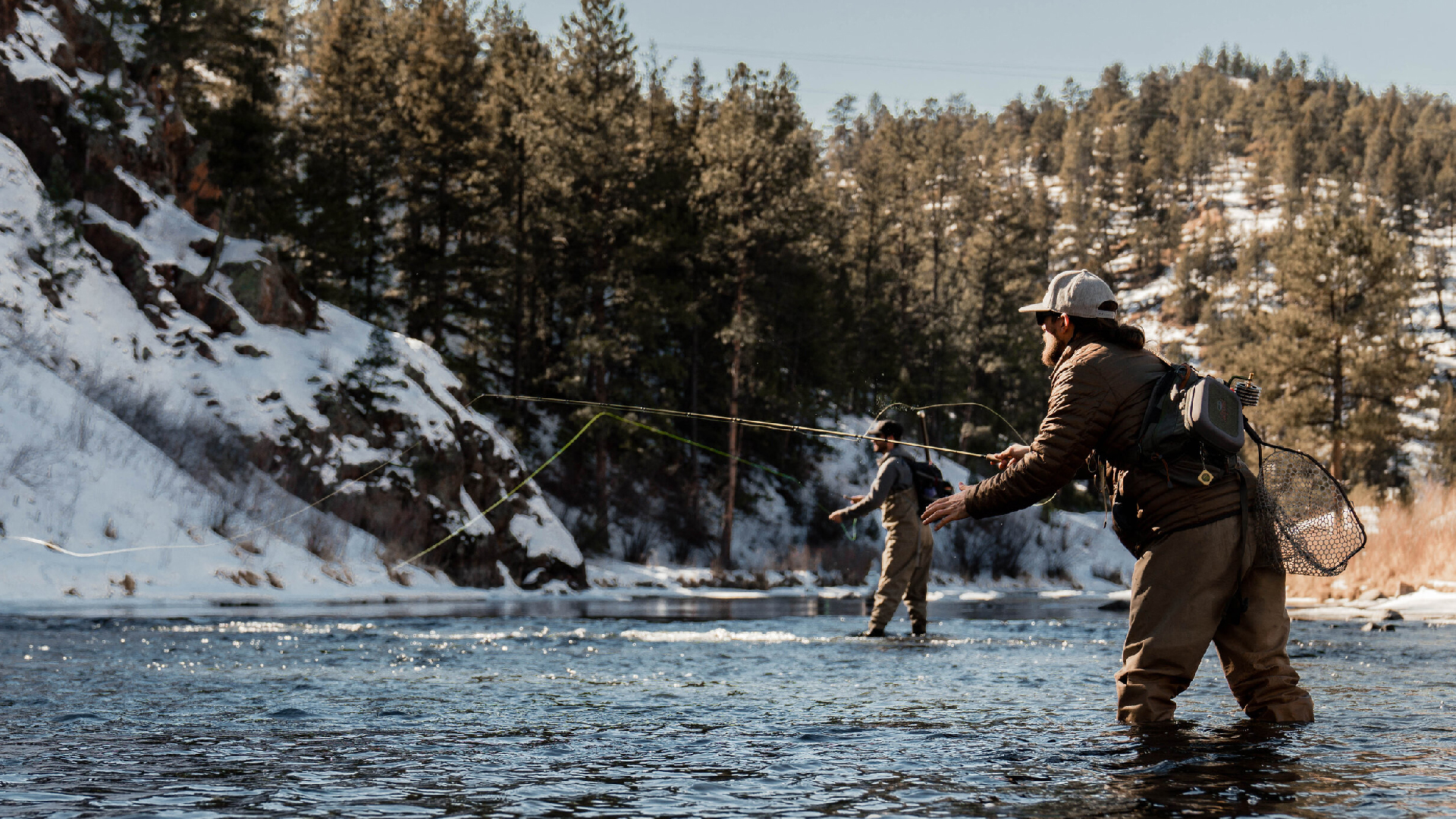
Credit: www.globalrescue.com
Understanding The Role Of The Fly Fishing Reel
Fly Fishing Reel: A Crucial Piece Of Equipment
The fly fishing reel is an essential tool that plays a vital role in the overall fly fishing experience. It is more than just a line holder; it contributes to the balance and efficiency of your angling setup. Understanding its significance and how it complements the fly fishing rod is essential for any passionate angler.
Let’s dive into the key points that shed light on the role of the fly fishing reel.
How The Reel Complements The Fly Fishing Rod
The fly fishing reel is designed to complement the rod and create a harmonious balance. Here are the key points to consider:
- Weight distribution: The reel provides counterbalance for the fly fishing rod, ensuring optimal weight distribution throughout the setup.
- Line management: It allows for smooth line retrieval, control, and storage, enhancing casting efficiency.
- Backing capacity: The reel accommodates backing, an extra line used to prevent complete line loss when battling larger fish.
- Drag system: The reel’s drag system helps in controlling the line tension during fights with fast and powerful fish, preventing line breakage.
The Different Components Of A Reel
To fully understand the functionality of a fly fishing reel, it’s important to know its different components. Here are the key components and their roles:
- Frame: The frame provides structural integrity and supports the internal components of the reel.
- Spool: The spool holds the fly line and backing, allowing for controlled line release and retrieval.
- Arbor: The arbor determines the amount of line retrieved per revolution and affects the line’s memory.
- Drag system: This mechanism controls the tension on the line, providing resistance when needed during battles with fish.
- Handle: The handle allows for manual line retrieval, ensuring quick line pickup and consistent retrieves.
Importance Of Selecting The Right Reel For Fly Fishing
Choosing the appropriate fly fishing reel is crucial to maximize your fishing experience. Here are the key reasons why selecting the right reel matters:
- Balance and control: A well-matched reel ensures proper balance and control with your chosen fly fishing rod, promoting effortless casting and reduced fatigue.
- Versatility: Different reels are designed for specific fishing environments, such as freshwater or saltwater. Selecting the right reel ensures optimal performance in your preferred fishing locations.
- Durability and reliability: A high-quality reel constructed from durable materials guarantees longevity and reliability, withstanding the rigors of fishing.
- Adaptability: By having the right reel, you can easily adapt to different fishing conditions and target various species, giving you a versatile angling experience.
Expert’S Perspective On The Reel’S Significance In The Overall Fly Fishing Experience
According to seasoned fly fishing experts, the reel holds immense significance in the overall fishing experience. Here’s their perspective on its importance:
- Smoothness and reliability: A high-quality reel ensures smooth and consistent line operation, reducing tangles and snags while providing reliability during crucial moments.
- Control and landing: The reel’s drag system allows anglers to control and tire out fish, increasing the chances of successfully landing them.
- Confidence and peace of mind: Using a reliable and well-functioning reel boosts an angler’s confidence, knowing they are adequately equipped to handle any fishing situation.
- Enhanced enjoyment: A properly matched reel complements the rod and allows for effortless casting, improved line management, and an overall enjoyable fishing experience.
Remember, the fly fishing reel is not merely an accessory but an essential piece of equipment that significantly contributes to your angling success. By understanding its role, choosing the right reel, and maximizing its functionality, you can elevate your fly fishing adventures to new heights.
Key Factors To Consider When Using The Reel For Fly Fishing
Key factors to consider when using the reel for fly fishing
Matching the reel to the rod and line weight:
- It is crucial to select a reel that is compatible with the rod and line weight you are using.
- Ensure that the reel’s weight is appropriate for the specific rod and line weight combination.
- The reel should be able to handle the weight of the line and provide smooth casting and retrieval.
Choosing between different reel types: single-action vs. multiplier reel:
- Single-action reels have a traditional design and are suitable for most fly fishing situations.
- Multiplier reels provide faster line retrieval and increased drag capacity, making them ideal for targeting larger fish or in saltwater conditions.
- Consider your fishing style and the type of fish you will be targeting when choosing between the two reel types.
Drag systems and their impact on fly fishing:
- The drag system of a reel plays a critical role in controlling the speed and tension of the line when a fish is hooked.
- Disc drags are commonly used in fly fishing reels and provide consistent and smooth resistance.
- Consider the drag strength and adjustability based on the size and strength of the fish you intend to catch.
Balancing the reel’s weight with the rod:
- It is crucial to achieve a proper balance between the weight of the reel and the rod.
- Too heavy of a reel can make casting and handling the rod cumbersome.
- A well-balanced setup ensures optimal performance and reduces fatigue during long fishing sessions.
Expert tips on proper reel maintenance and care for optimal performance:
- Regularly clean and lubricate the reel to ensure smooth operation and prevent corrosion.
- Inspect the reel for any signs of damage or wear, such as loose screws or worn-out parts.
- Store the reel in a cool and dry place to protect it from extreme temperatures and humidity.
By considering these key factors when using the reel for fly fishing, you can enhance your overall fishing experience and increase your chances of success on the water. Match the reel to the rod and line weight, choose the appropriate reel type, understand the impact of drag systems, strike a balance between the reel and the rod’s weight, and properly maintain the reel for optimal performance.
Follow these guidelines, and you’ll be well on your way to mastering the art of fly fishing with the reel!
Techniques And Best Practices For Using The Reel Effectively
Whether you’re a seasoned fly fisher or just starting out, understanding how to use the reel effectively is crucial for a successful fishing endeavor. The reel not only plays a significant role in casting accuracy and distance but also helps in handling fish once they are hooked.
In this section, we will explore various techniques and best practices for maximizing the benefits that the reel offers in fly fishing.
Understanding Reel Retrieval Techniques
To efficiently retrieve your line using the reel, consider the following techniques:
- Standard retrieval: This is the most common method where you use the reel handle to retrieve the line by turning it clockwise.
- Stripping: Stripping involves using your non-reeling hand to pull the line in quickly while retrieving slack with the reel simultaneously.
- One-handed retrieval: This technique is useful when you need to keep your other hand free to perform other tasks like landing the fish.
The Reel’S Role In Casting Accuracy And Distance
A well-functioning reel can significantly enhance your casting performance in terms of accuracy and distance. Consider the following points:
- Line control: The reel allows you to manage and control the line during the casting process, ensuring that it unfurls smoothly.
- Backing capacity: Adequate backing capacity on the reel can improve the distance of your casts by allowing you to hold more line.
- Drag system: A well-adjusted drag system on your reel will minimize line tangling, allowing for smoother, longer casts.
Adjusting The Reel’S Drag For Different Fishing Scenarios
The drag system on the reel plays a vital role in providing tension when a fish takes the bait. Here’s what you need to know:
- Experiment with drag settings: Depending on the size and strength of the fish you’re targeting, adjust your reel’s drag to provide enough resistance without breaking the line.
- Test the drag: Before heading out, make sure to test the drag pressure by pulling the line in different directions to ensure it’s properly adjusted.
Handling Fish While Using The Reel
When it comes to handling fish, the reel can be a valuable tool. Consider the following techniques:
- Let the reel do the work: Allow the reel’s drag to tire the fish out instead of overexerting yourself by trying to reel it in quickly.
- Use the reel as a balance: Keep in mind that lifting the rod high in the air can put unnecessary strain on the line and rod, so use the reel as a balance to control the fish’s movements.
Expert’S Recommended Techniques For Maximizing The Benefits Of The Reel
To truly make the most of your reel, consider implementing the following techniques recommended by fly fishing experts:
- Practice: Regularly practice and fine-tune your reeling techniques to become efficient and comfortable with utilizing the reel.
- Maintain your reel: Keep your reel clean and well-lubricated to ensure it functions smoothly during your fishing trips.
- Learn from others: Seek advice from experienced fly fishers and learn from their tried-and-tested techniques for using the reel effectively.
Remember, mastering the art of using the reel effectively takes time and practice, but with the right techniques and constant learning, you can enhance your fly fishing experience and increase your chances of a successful catch.
Conclusion
Fly fishing is a sport that requires skill, precision, and knowledge of the various techniques and equipment involved. While some fly fishermen use the reel primarily as a line storage device, others utilize it for additional functions such as fighting fish and reeling in line.
Whether or not to use the reel when fly fishing ultimately depends on personal preference and fishing circumstances. While it is not always necessary to use the reel, having one can prove beneficial in certain situations. The reel offers an extra level of control when playing larger, more powerful fish and can help with line management when dealing with strong currents or fast-moving fish.
Additionally, using the reel to bring in line quickly can save valuable time when trying to land a fish in a rapidly changing environment. Ultimately, the decision to use the reel or not should be based on individual preference and the specific conditions of each fishing trip.

